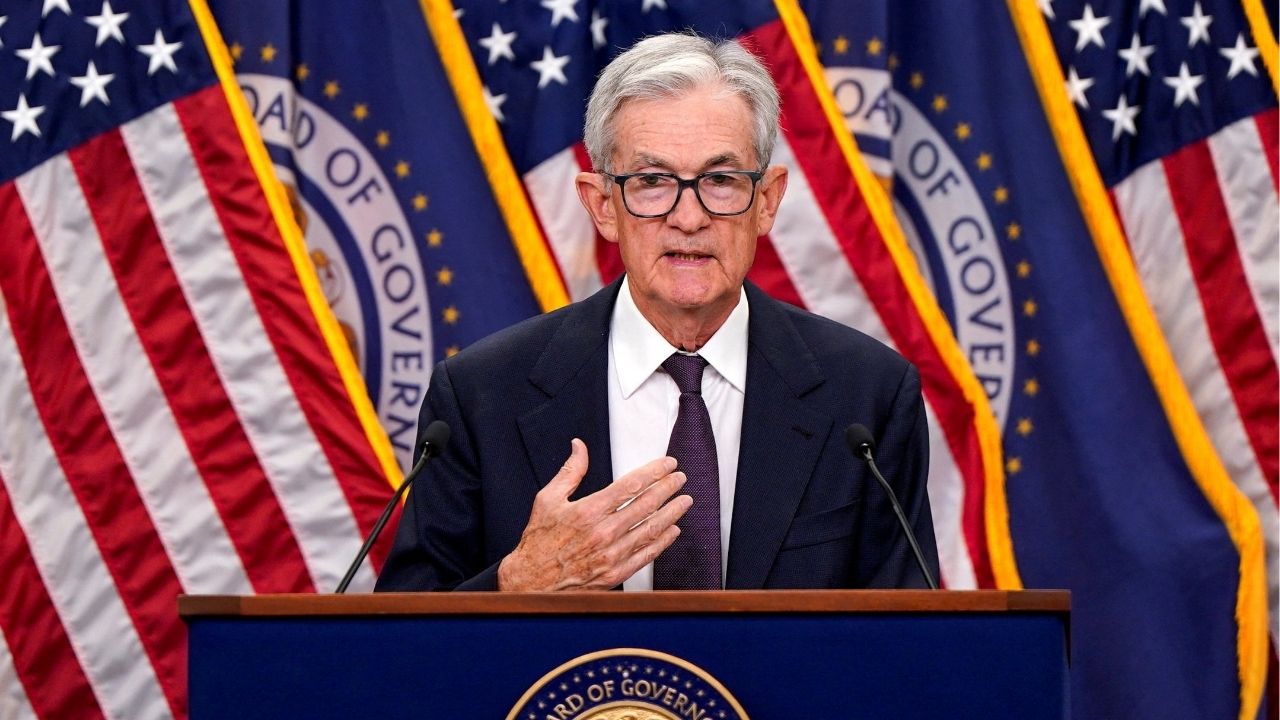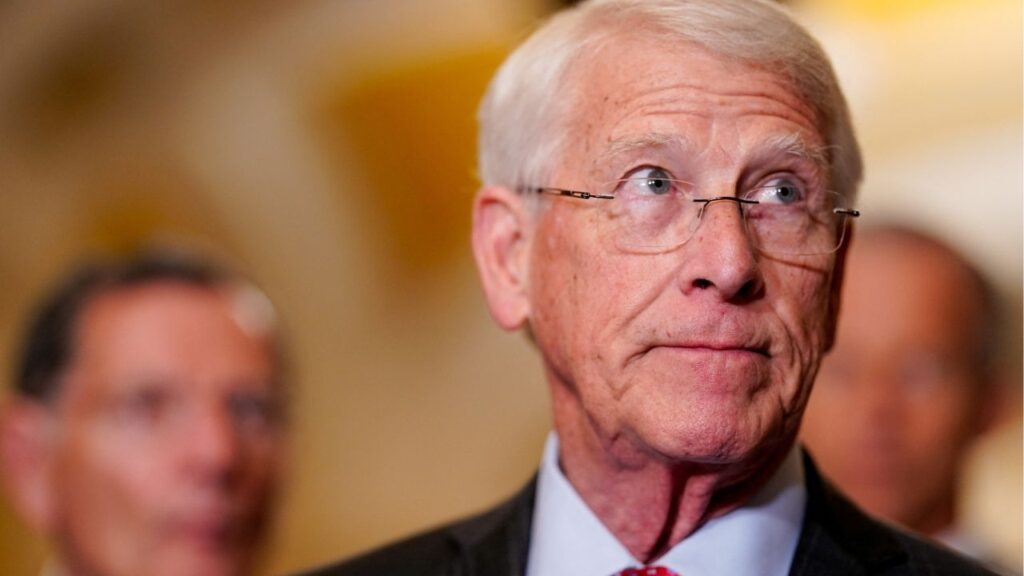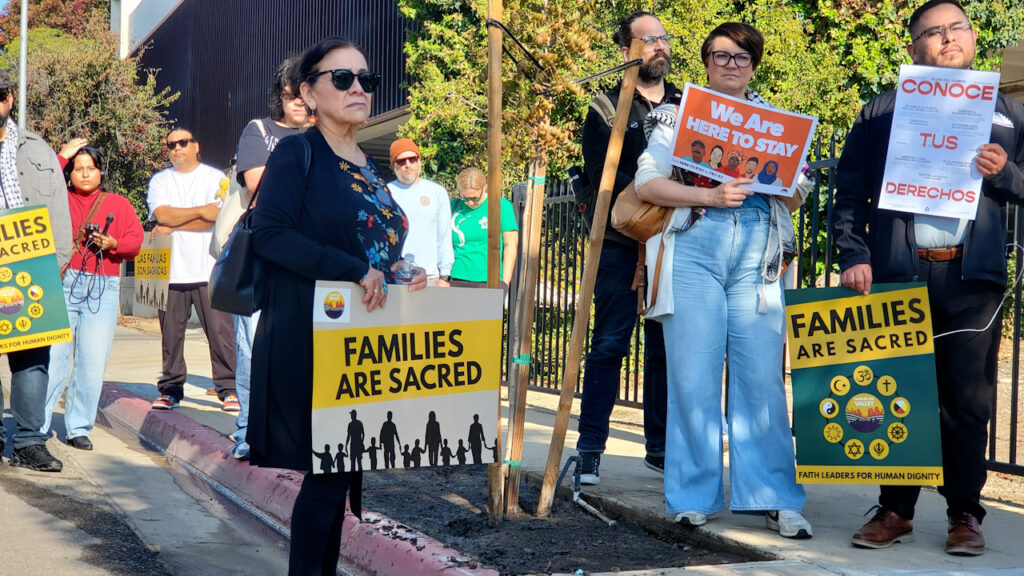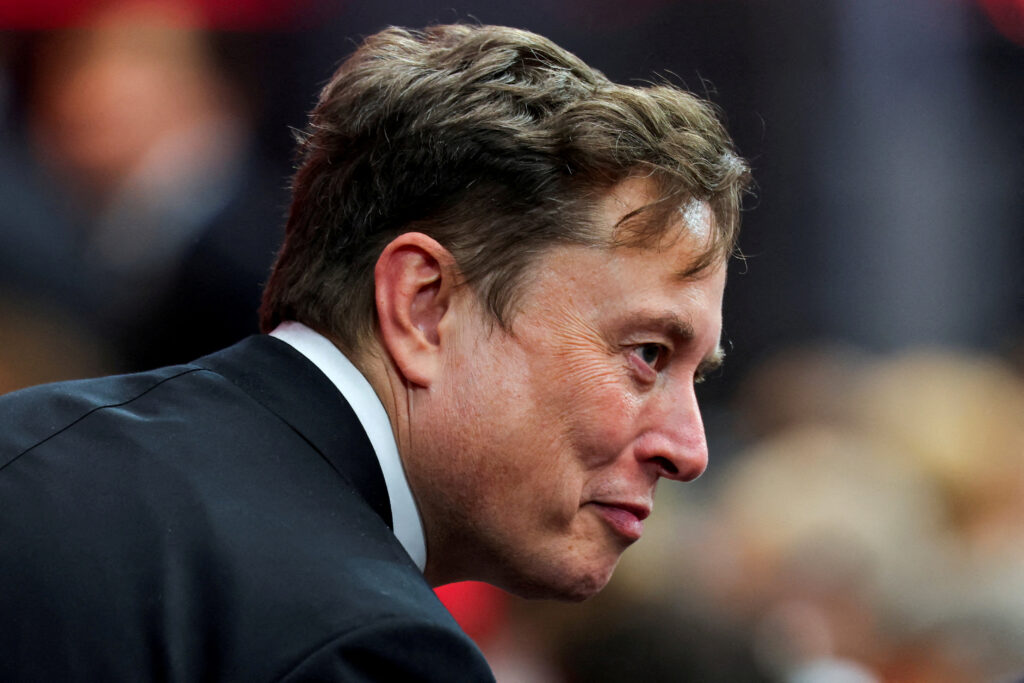U.S. Federal Reserve Chair Jerome Powell speaks during a press conference, following the issuance of the Federal Open Market Committee's statement on interest rate policy, in Washington, D.C., U.S., September 17, 2025. (Reuters/Elizabeth Frantz)
Share
|
Getting your Trinity Audio player ready...
|
WASHINGTON — A divided U.S. central bank lowered interest rates on Wednesday and Federal Reserve Chair Jerome Powell signaled it may be the last cut of the year, especially if the lack of official data during the ongoing government shutdown continues to shroud the true state of the economy in uncertainty.
Speaking at a press conference after the end of a two-day policy meeting, Powell said the decision by the central bank’s Federal Open Market Committee to reduce its benchmark interest rate by a quarter of a percentage point was a “solid” endorsement of easing policy to help support a gradually cooling labor market.
But he offered a note of caution about what lies ahead. “In the committee’s discussions at this meeting, there were strongly differing views about how to proceed in December,” Powell said, adding that “a further reduction in the policy rate at the December meeting is not a foregone conclusion. Far from it, policy is not on a preset course.”
The rate cut drew dissents from two policymakers, with Fed Governor Stephen Miran again calling for a deeper reduction in borrowing costs and Kansas City Fed President Jeffrey Schmid favoring no cut at all given ongoing inflation. The announcement included a nod to the data limits the central bank faces as a result of the government shutdown, a point Powell made repeatedly in his press conference.
“We’re going to collect every scrap of data we can find, evaluate it and think carefully about it. And that’s our job,” Powell said. “If you asked me could it affect the, you know, the December meeting, I’m not saying it’s going to, but yeah, you could imagine that. You know, what do you do if you’re driving in the fog? You slow down.”
Now that the Fed’s policy rate is 150 basis points below its peak last year and in the range that at least some policymakers feel is “neutral,” he said, “there’s a growing chorus now of feeling like maybe this is where we should at least wait a cycle.”
Powell said his own view is that the rate is “modestly restrictive” and still putting some downward pressure on inflation, which he said as a base case will likely rise temporarily further in coming months due to the Trump administration’s import tariffs, but then fall.
Balance Sheet Drawdown Ending in December
The Fed also announced it will restart limited purchases of Treasury securities after money markets showed signs that liquidity was becoming scarce, a condition it has pledged to avoid.
The balance sheet decision will keep the total amount of the central bank’s roughly $6.61 trillion in holdings steady on a month-to-month basis as of December 1, but shift its portfolio by reinvesting the proceeds of maturing mortgage-backed securities into Treasury bills.
Powell said that at some point the Fed will resume the expansion of its reserves, but will also work to shorten the duration of its securities holdings to better match what’s outstanding in the Treasuries market.
The 10-2 decision to lower the policy rate to a range of 3.75%-4.00% was expected by investors as a way for the Fed to temper any further decline in a job market policymakers worry may be losing steam.
U.S. stock indexes pulled back on Powell’s comments about a potential rate-cut pause in December, and traders and investors pared what had been overwhelming bets favoring another reduction in borrowing costs this year.
“I think it would not be appropriate to just ignore or assume away the inflation issue; at the same time I think the risk of higher, more persistent inflation has declined significantly since April,” Powell said, adding that the Fed would resume its rate cuts at some point. “I think we are trying to get to the end of this cycle with the labor market in a good place and with inflation on its way to 2% or at 2%.”
Fed policymakers acknowledged the limits in their decision-making process posed by the government shutdown, dating their view of the unemployment rate to August – the month of the last official jobs release – while noting that “available indicators suggest” the economy continued growing at a moderate pace.
Inflation has not risen as strongly as initially expected on the back of the White House’s new import taxes, but nevertheless has climbed from around 2.3% in April to about 2.7% in August, according to the last official estimate released for the Personal Consumption Expenditures Price Index before the shutdown. The Fed uses the PCE to set its 2% inflation target, and in projections issued in September policymakers expected it to rise to 3% by the end of this year.
They expect that increase in prices to ease over time, while concern about the strength of the job market has climbed.
“Downside risks to employment rose in recent months,” the Fed said in its new policy statement.
The dissents by Miran and Schmid marked just the third time since 1990 that policymakers have dissented both in favor of easier and tighter monetary policy at the same meeting.
—
(Reporting by Howard Schneider and Michael S. Derby; Editing by Andrea Ricci and Paul Simao)
RELATED TOPICS:
Fed Cuts Rates, but Powell Suggests the Move May Be the Last of 2025
24 seconds ago
Categories
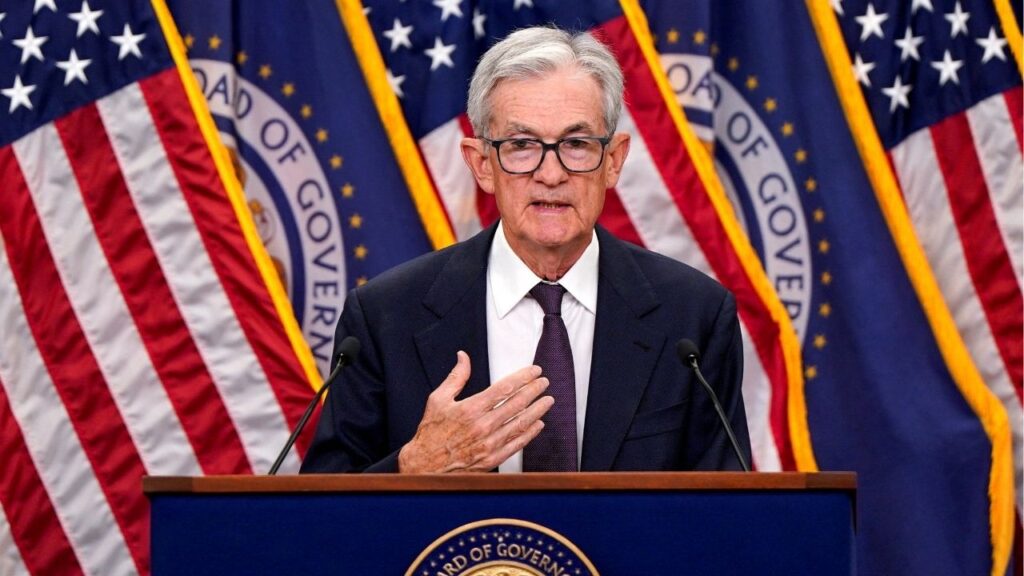
Fed Cuts Rates, but Powell Suggests the Move May Be the Last of 2025

Kings County Deputies Arrest Suspect for Attempted Murder Charge




